Carved in Stone: The Ancient City of Petra (Photos)
The Treasury

One of the great marvels of the ancient world, the city of Petra stands as a monument to a thriving civilization thousands of years ago, in what is now Jordan.Spectacular photos of the Nabatean metropolis — much of which was carved directly into vertical cliff faces — were captured by Google Street View, providing people all over the world with access to the awe-inspiring sight of these ancient stone structures.
The main entrance to Petra, known as the Siq, opens up onto Petra's most magnificent façade; the Treasury, or Al Khazna. It is almost 131 feet (40 meters) high and is intricately decorated with Corinthian capitals, friezes, figures and more. The Treasury is crowned by a funerary urn, which according to local legend conceals a pharaoh's treasure. Although the original function is still a mystery, The Treasury was probably constructed in the 1st century B.C.
Bab Al Siq

"Bab Al Siq" is Arabic for "gateway to the Siq." Here you will see three massive Djinn blocks, which are squared monuments carved out of the rock. You will then come across the Obelisk Tomb, which was carved by the Nabateans in the 1st century A.D.
The Siq

The Siq is the ancient main entrance leading to the city of Petra. It starts at the Dam and ends at the opposite side of the vault, a split rock with a length of about 3,937 feet (1,200 meters) and a width of 10 to 39 feet (3 to 12 m), and height up to about 262 feet (80 m); most of the rock is natural, but part was sculpted by the Nabateans.
The Street of Facades
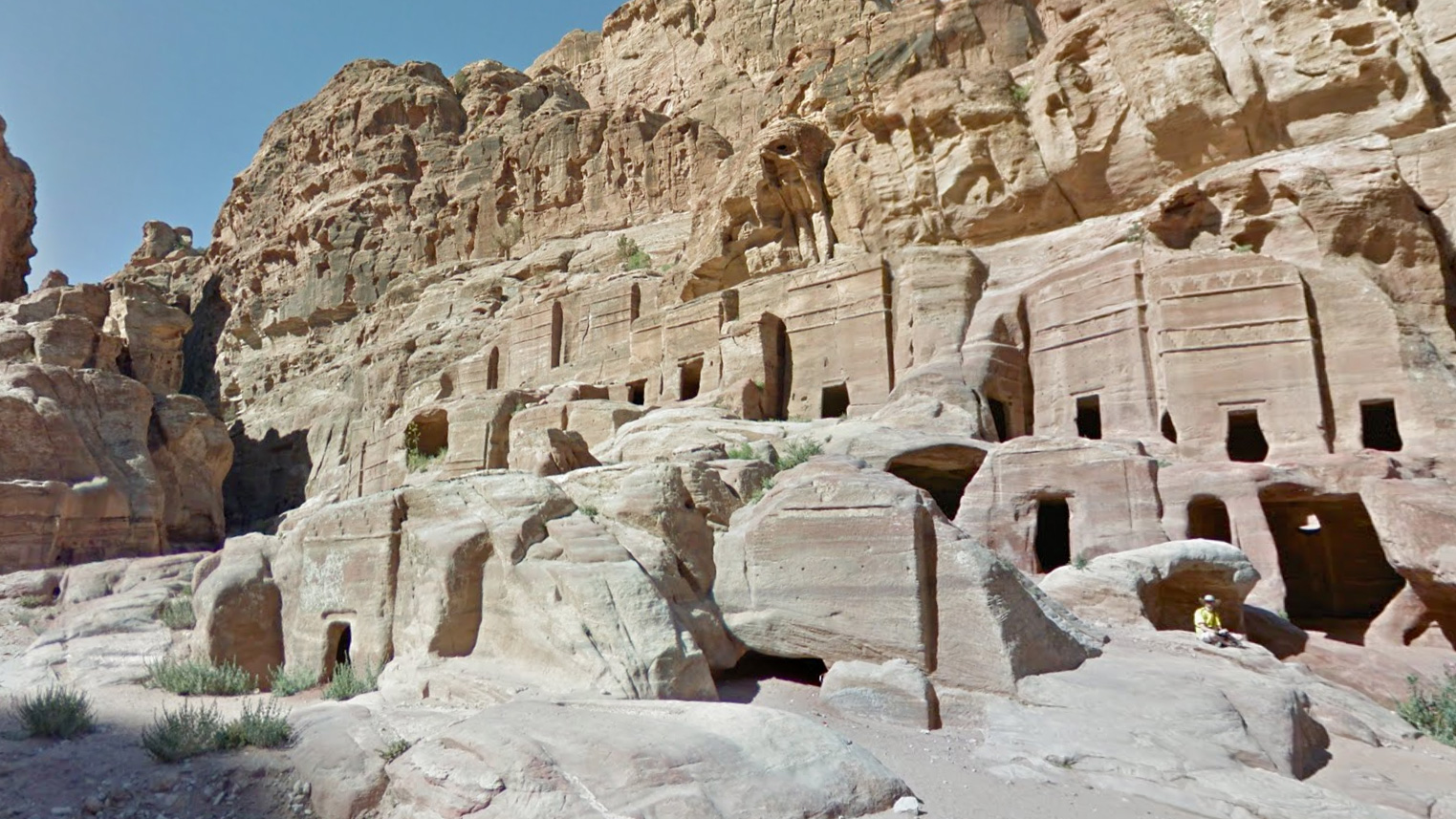
The Street of Facades is a name given to the row of monumental Nabatean tombs carved in the southern cliff face that lies past the Treasury and adjacent to the outer Siq.
High Place of Sacrifice
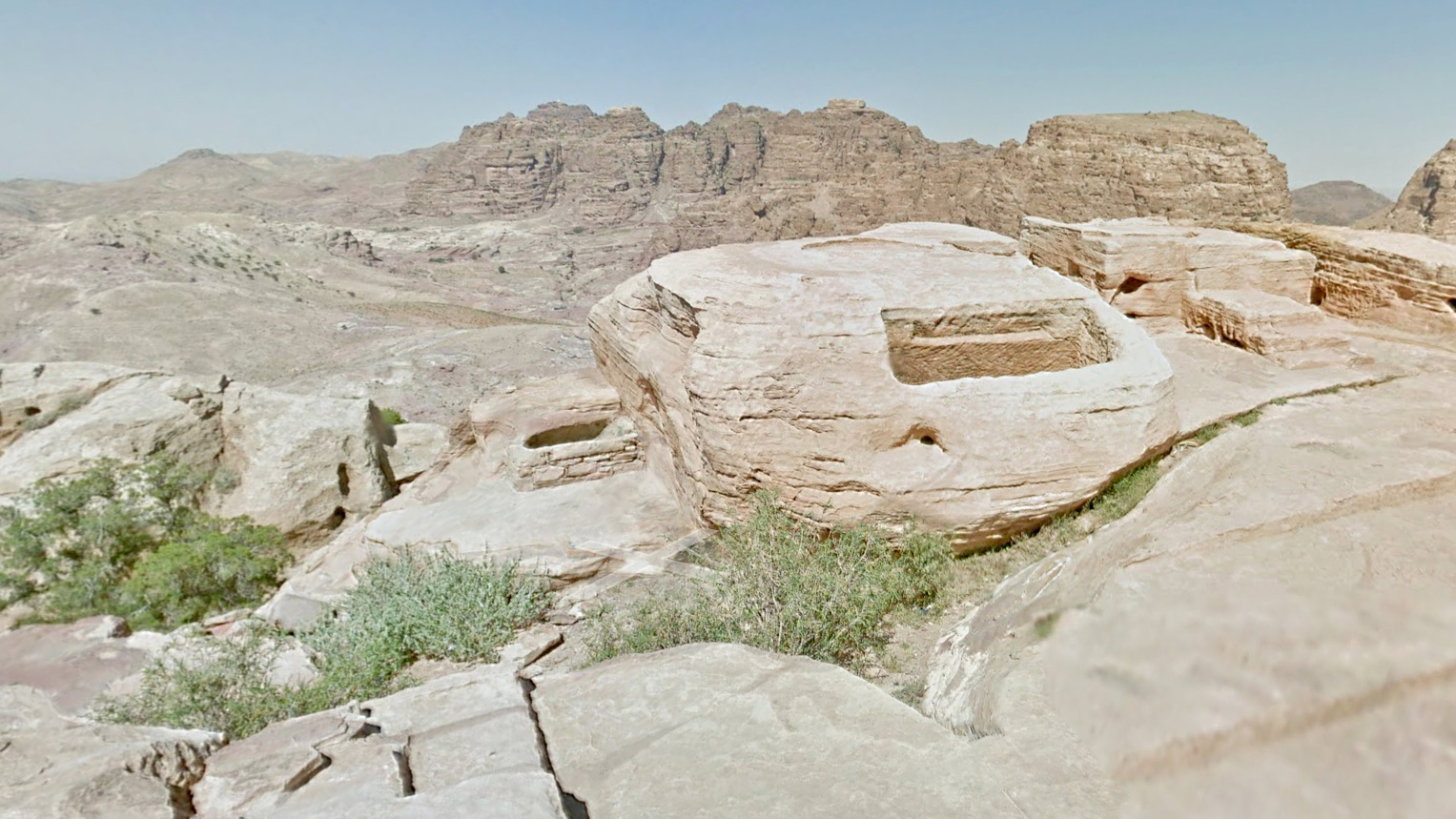
The steep half-hour climb from the theater up to the High Place of Sacrifice on the summit of the Attuf Ridge is well worth the effort. Paths and stairways, which were part of the original Nabatean processional route, lead upwards through spectacular mountain scenery until the long, flat summit is reached.
The Tomb of the Roman Soldier
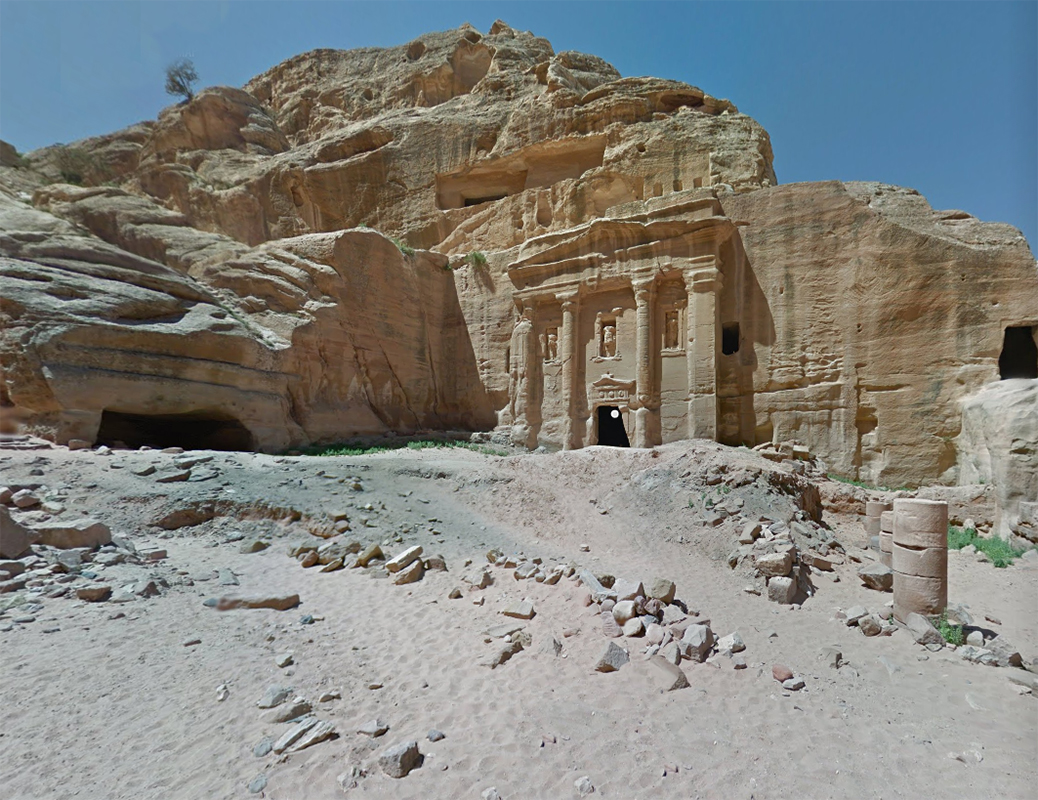
Four pillars at the front of the Tomb of the Roman Soldier divide three niches, each holding a carving representing a male figure in military costume, possibly a father flanked by two sons.
Get the world’s most fascinating discoveries delivered straight to your inbox.
Byzantine Church

Dating to approximately 450 A.D., this Byzantine church is thought to have been built on the ruins of Nabatean and Roman structures. Mosaics decorate the floors in the church's north and south galleries, and in the eastern hallway. They include imagery of animal shapes, and representations of the four seasons and the gods of land and sea.
The Temple of Qasr Al-Bint
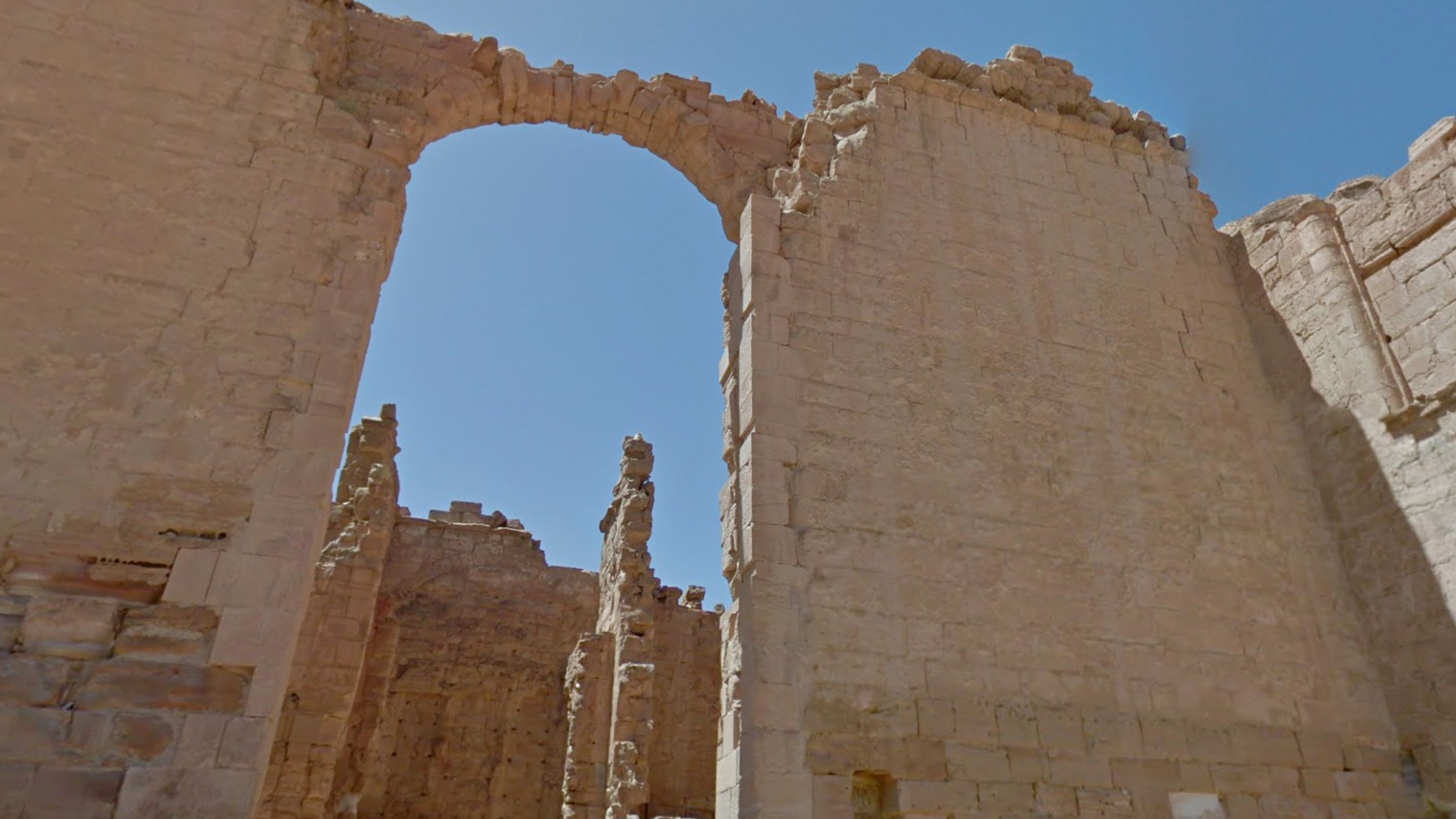
The Nabatean temple of Qasr Al-Bint reaches a height of 75 feet (23 meters). It is surrounded by a peribolos — an enclosure wall — to which seats were added during the time of King Aretas IV (9 B.C. to A.D. 40), according to two inscriptions, one of which is still visible between the seats.
The Great Temple
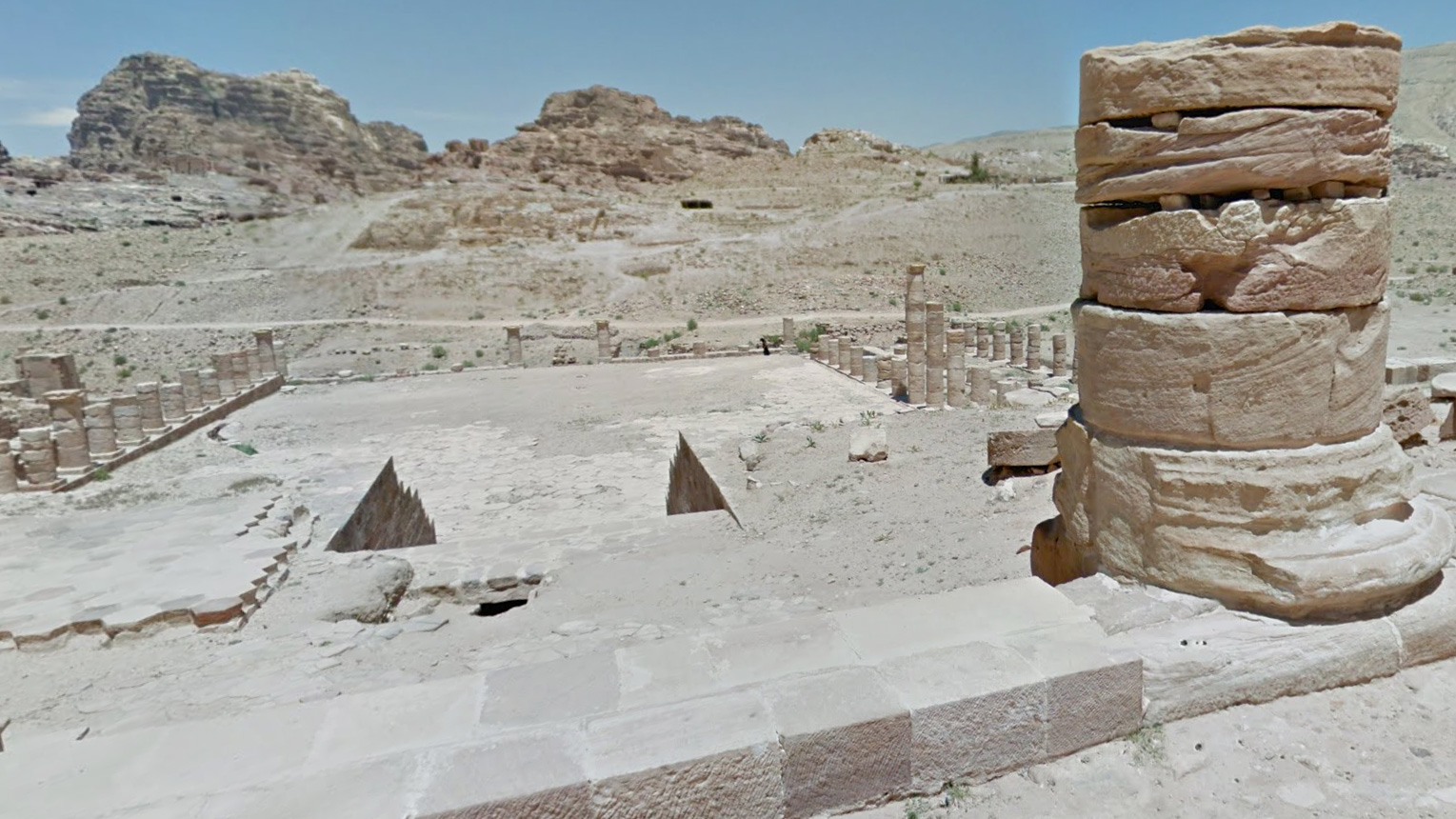
The Great Temple Complex represents one of the major archaeological and architectural components of central Petra. The Great Temple was in use until some point in the late Byzantine Period.
Little Petra
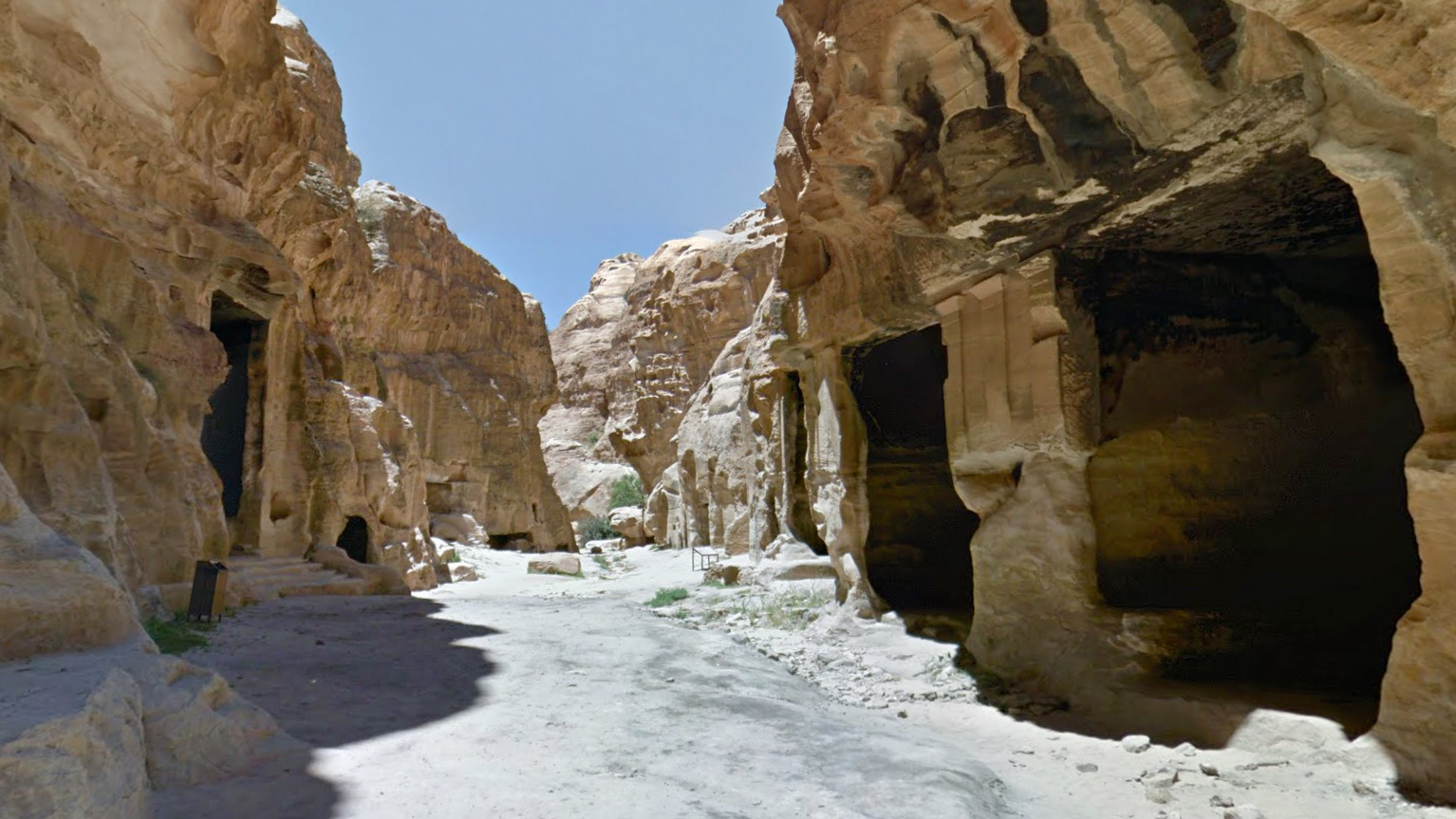
Little Petra is an archaeological site located north of Petra and the town of Wadi Musa in the Ma'an Governorate of Jordan. Like Petra, it is a Nabatean site, with buildings carved into the walls of the sandstone canyons.
The Theatre
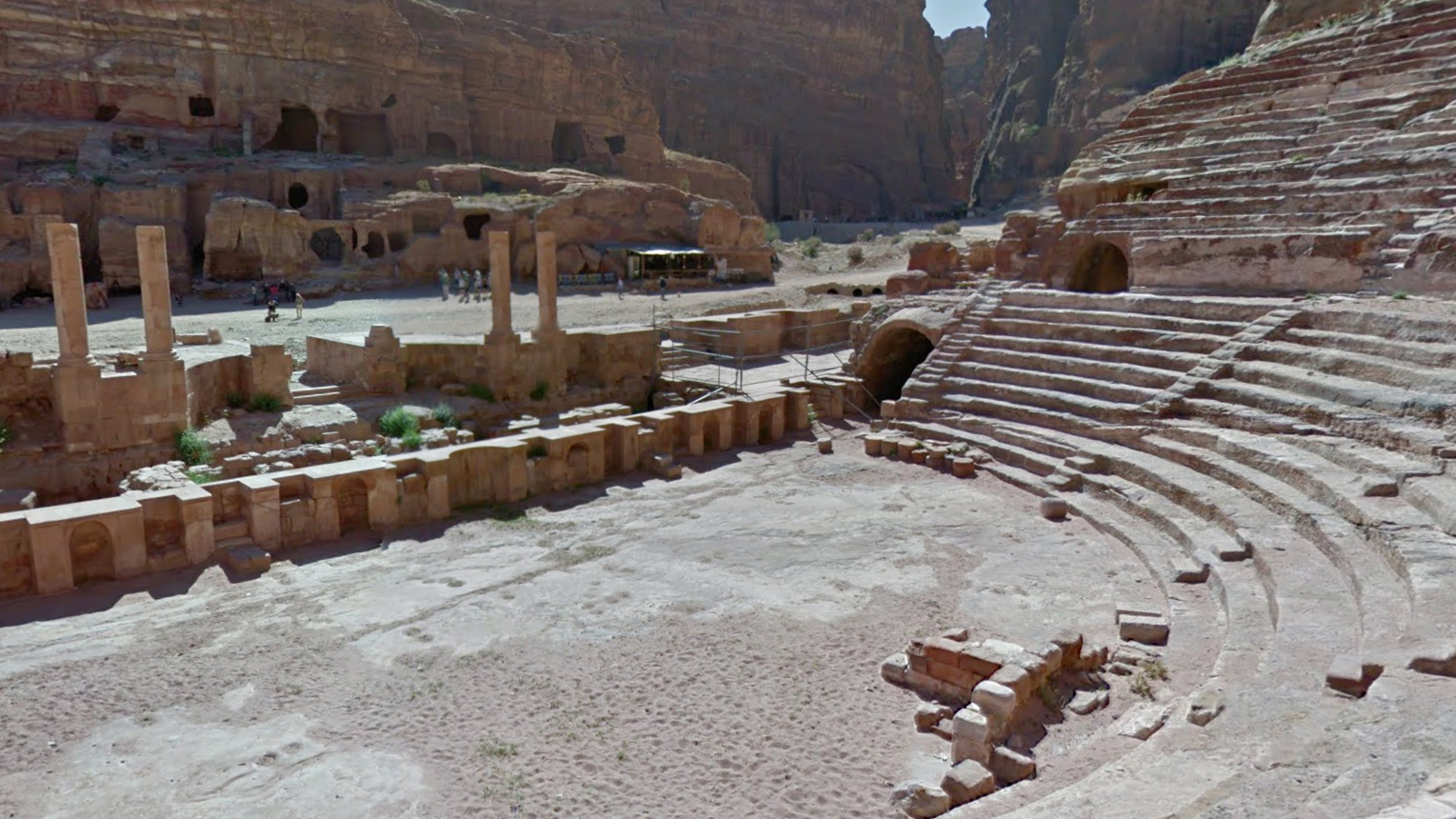
The Theatre is carved into the side of the mountain at the foot of the High Place of Sacrifice. It consists of three rows of seats separated by passageways. Seven stairways ascend the auditorium and it can accommodate 4000 spectators.



